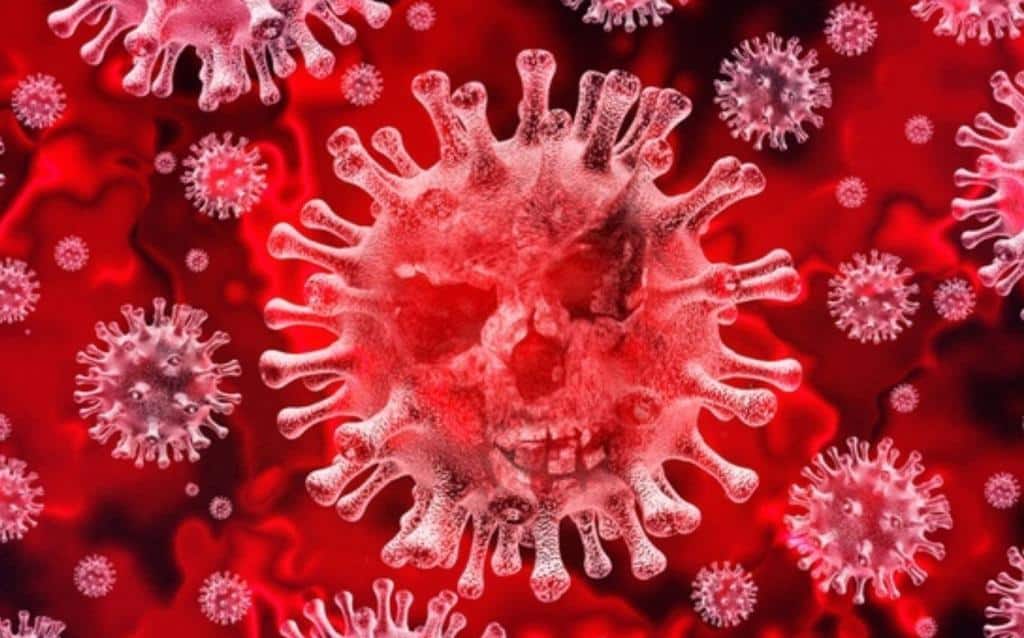COVID-19, otherwise known as the Coronavirus, has blown up into a global wide pandemic over the last few months. It’s spread increasingly fast over the last few weeks, and no doubt people are wondering just how this infectious virus can remain contagious. As it turns out, a new scientific study has revealed the amount of viability time in which the Coronavirus remains contagious in both the air and from surfaces.
The study was performed by scientists from the National Institute of Allergy and Infectious Diseases, which is part of the U.S. National Institutes of Health. The scientists experimented by simulating the virus as if it were being spread from an infected person across both average household and hospital surfaces. The simulated spread included testing as if it the person with Coronavirus were coughing or touching surfaces.
In order to simulate how the infected person would spread the virus via coughing and touching, the scientists used a device which released an aerosol capable of duplicating the microscopic droplets created in a cough or a sneeze.
By this point, scientists were able to see through the study – which was published online in the New England Journal of Medicine – how long exactly the Coronavirus would remain infectious under these circumstances.
Now when someone coughs or sneezes, the droplets containing the Coronavirus still has the viability to infect people via aerosol for at least three hours. Meanwhile when located on plastic and stainless steel, the Coronavirus was still detectable after three days. Meanwhile on cardboard it was no longer contagious after 24 hours. As for copper, it only took a mere 4 hours before the virus was no longer infectious.
The scientists also discovered the Coronavirus’ half life. It apparently only takes 66 minutes for half the virus’ particles to no longer be viable if they’re in an aerosol droplet. So after an hour and six minutes, while 75% of the virus will no longer be infectious, 25% of it will be. By the third hour that viable portion will be down to 12.5%.
The half life for the virus on stainless steel, however, is 5 hours and 38 minutes. On plastic, the half life is 6 hours and 49 minutes. Meanwhile on cardboard it only had a half life of 3 hours and 30 minutes. But the scientists made sure to emphasize that the results were incredibly varied so that they still “advise caution” when interpreting the data. Of these varying results, copper proved to feature the Coronavirus’ shortest half life at 46 minutes.
So, as most people have been doing, it seems like a good time to continue with the self quarantine and practicing social distancing.

